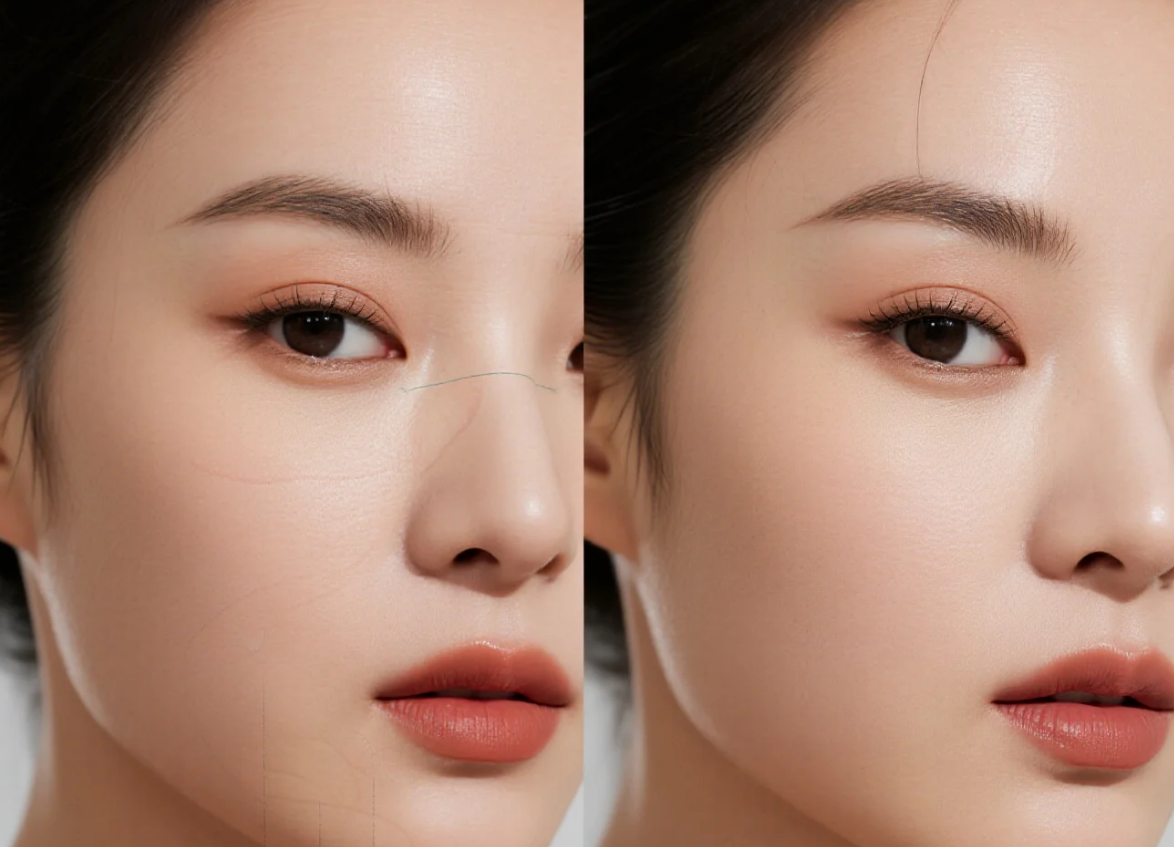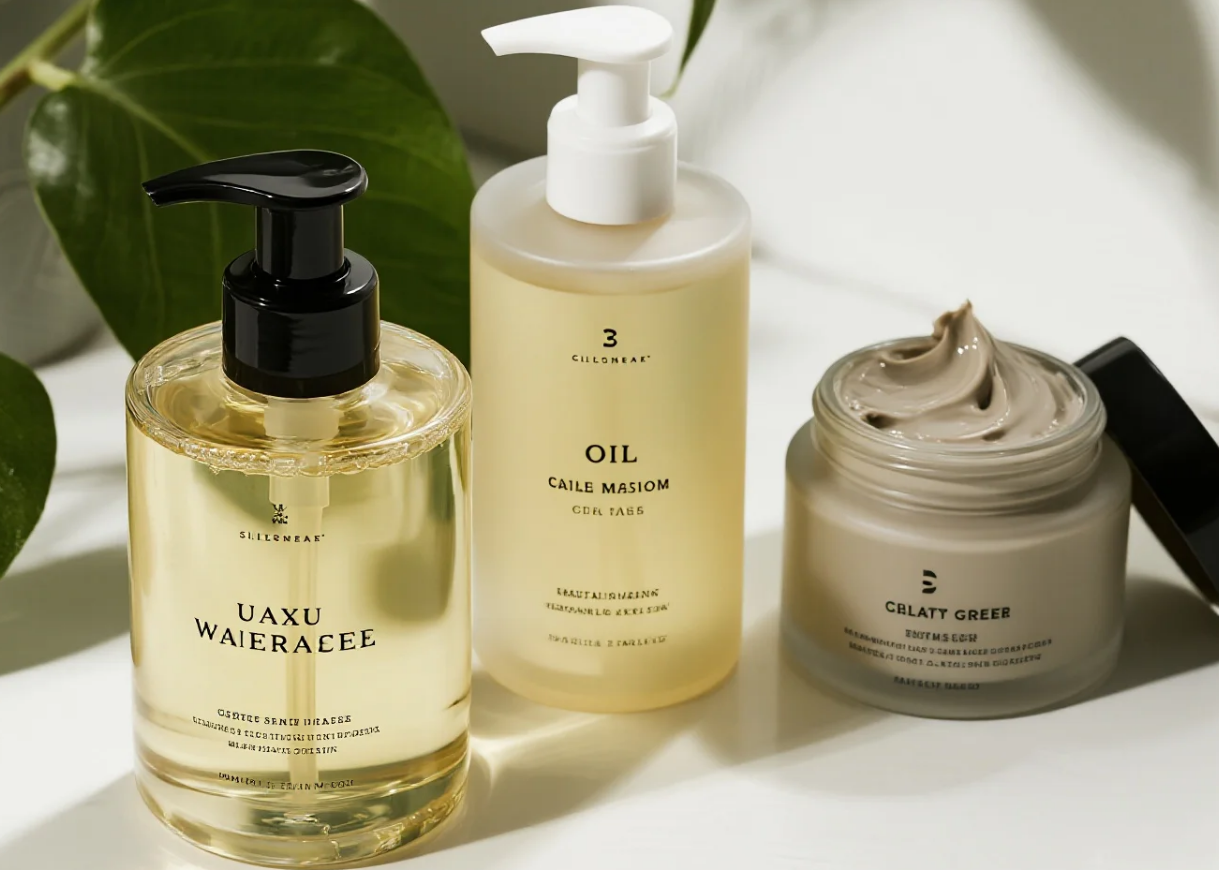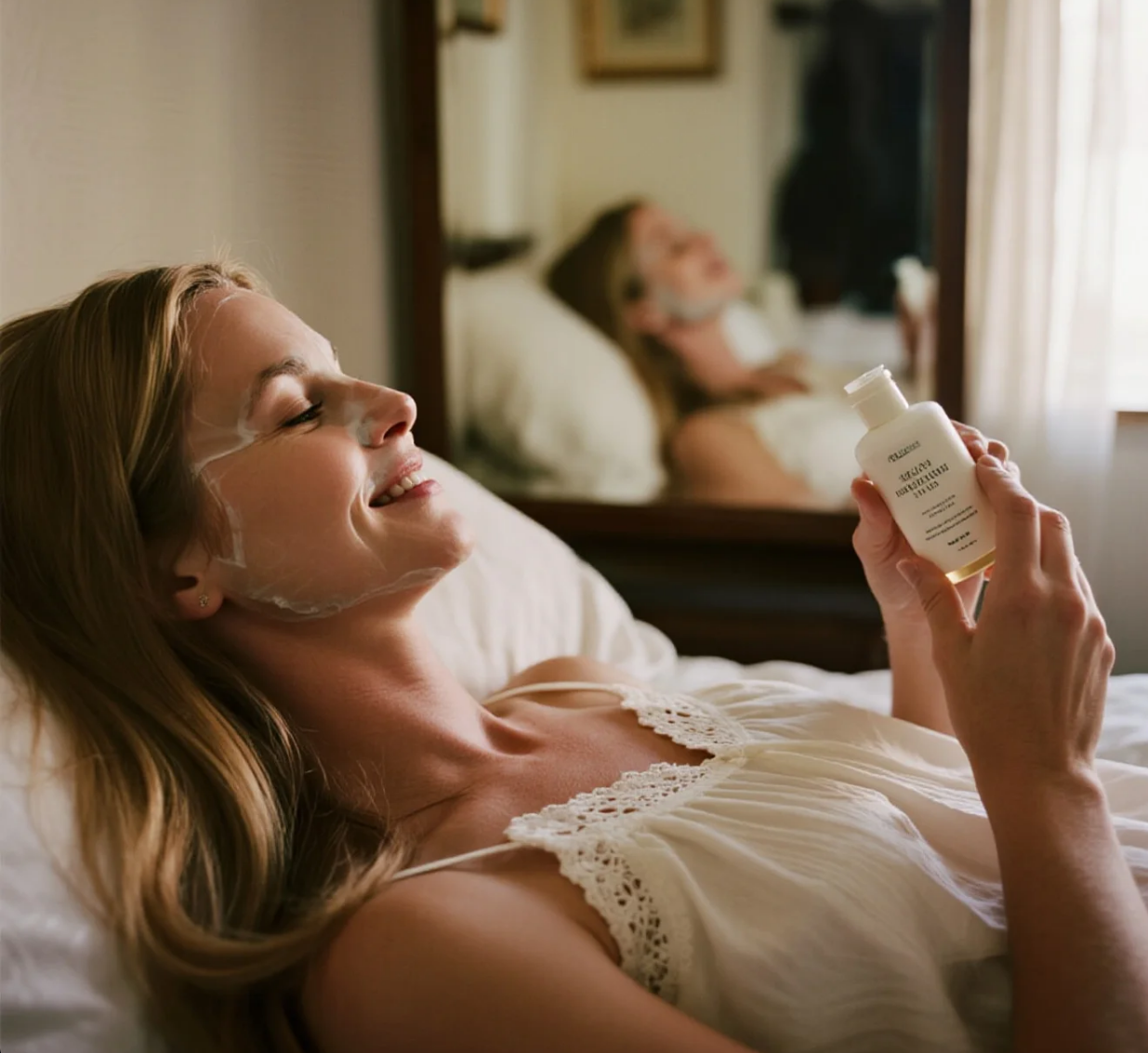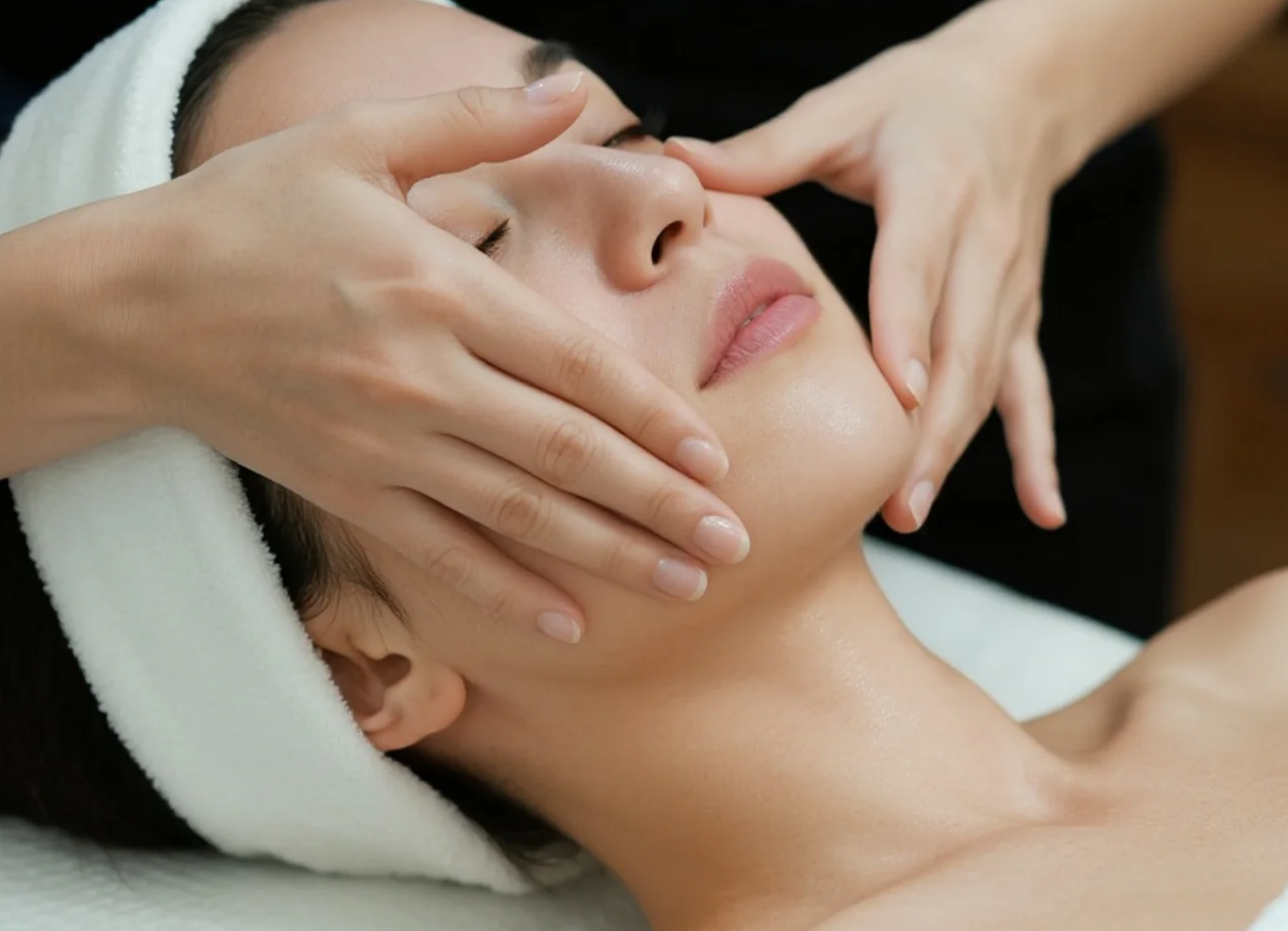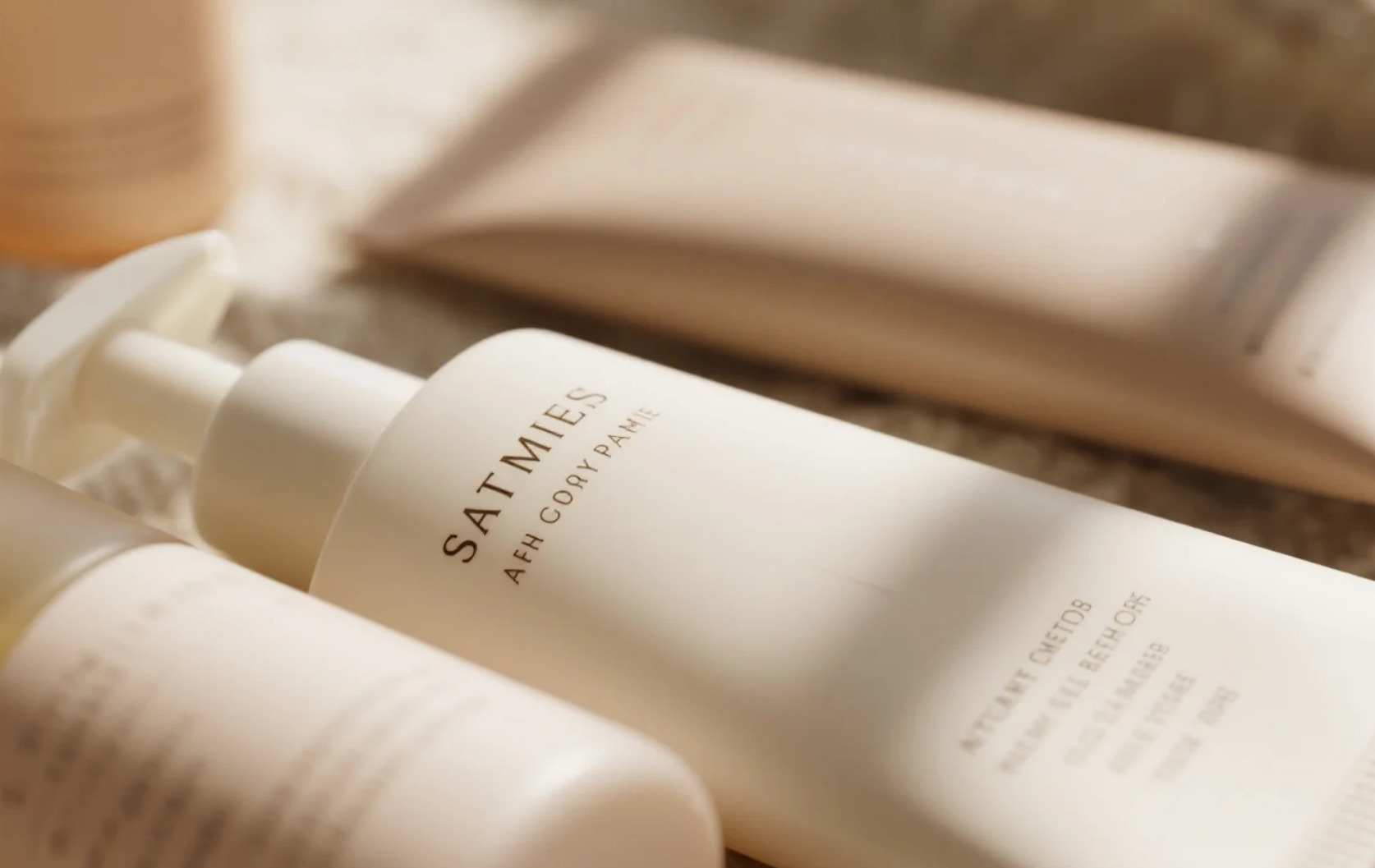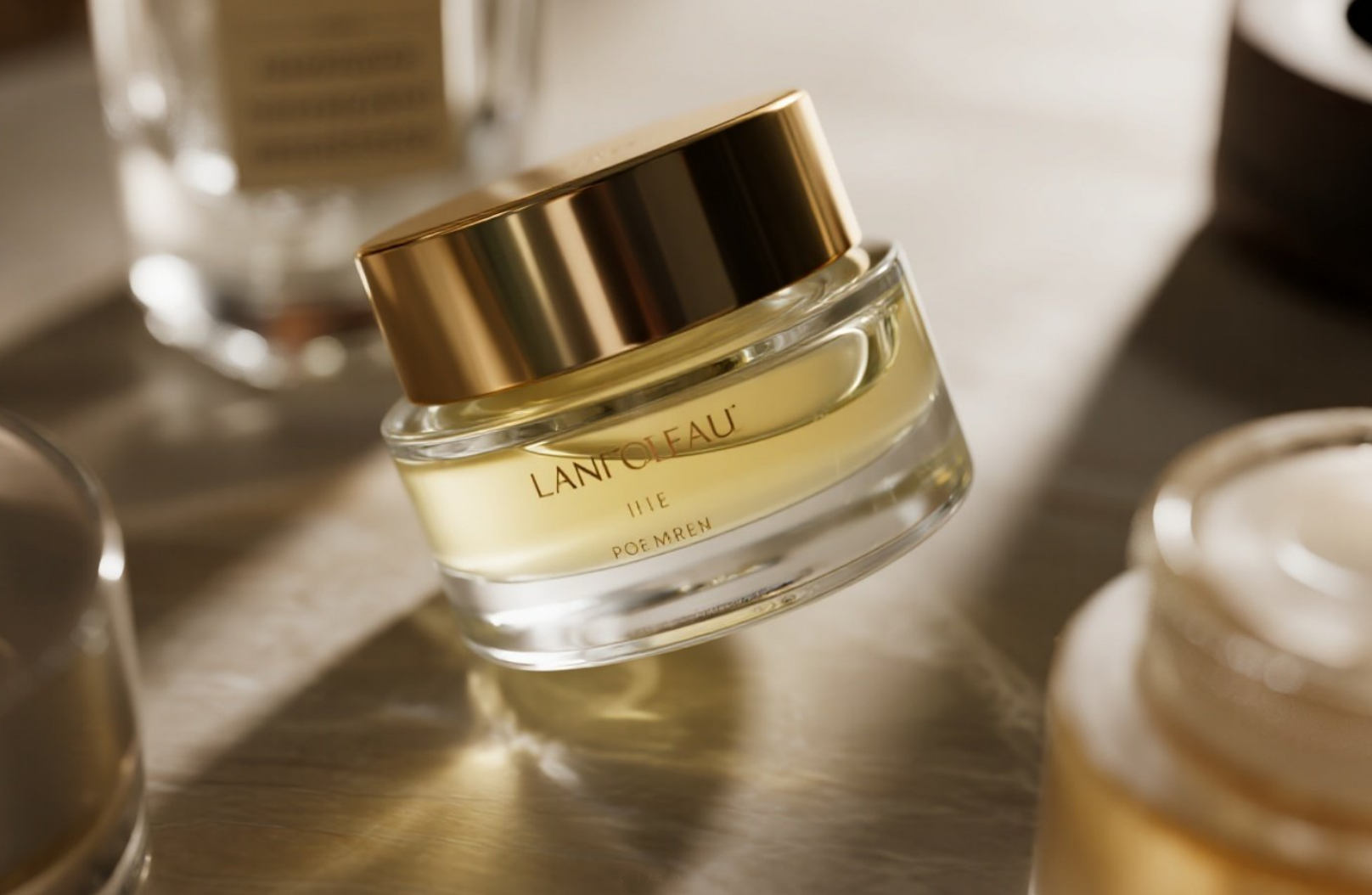Does inadequate cleansing equal poor skincare? A three-step scientific cleansing process.
Whether you're a skincare veteran or just starting out, cleansing is the first step. However, cleansing isn't just a matter of swishing cleanser twice and calling it a day. If done improperly, surface oil, makeup residue, dust particles, and even dead skin cells can accumulate in your pores, gradually leading to blackheads, acne, and breakouts, and even dull, rough skin. Furthermore, clogged pores make it difficult for expensive serums, masks, and creams to penetrate deeper into the skin, significantly reducing their effectiveness. Therefore, to maximize the effectiveness of your skincare products, the first step is to cleanse your skin scientifically, thoroughly, and gently.
Scientific facial cleansing can be understood as a gradual, step-by-step process: first, remove surface makeup and sunscreen, then penetrate deep into your pores to remove stubborn dirt and dead skin cells. Finally, use a gentle cleanser to fully cleanse your face and restore the balance of water and oil. These three steps don't have to be followed every day; they can be flexibly adjusted based on your skin condition and makeup application frequency. However, with the right technique and careful attention to detail, you can minimize the burden on your skin and maximize the effectiveness of subsequent skincare.
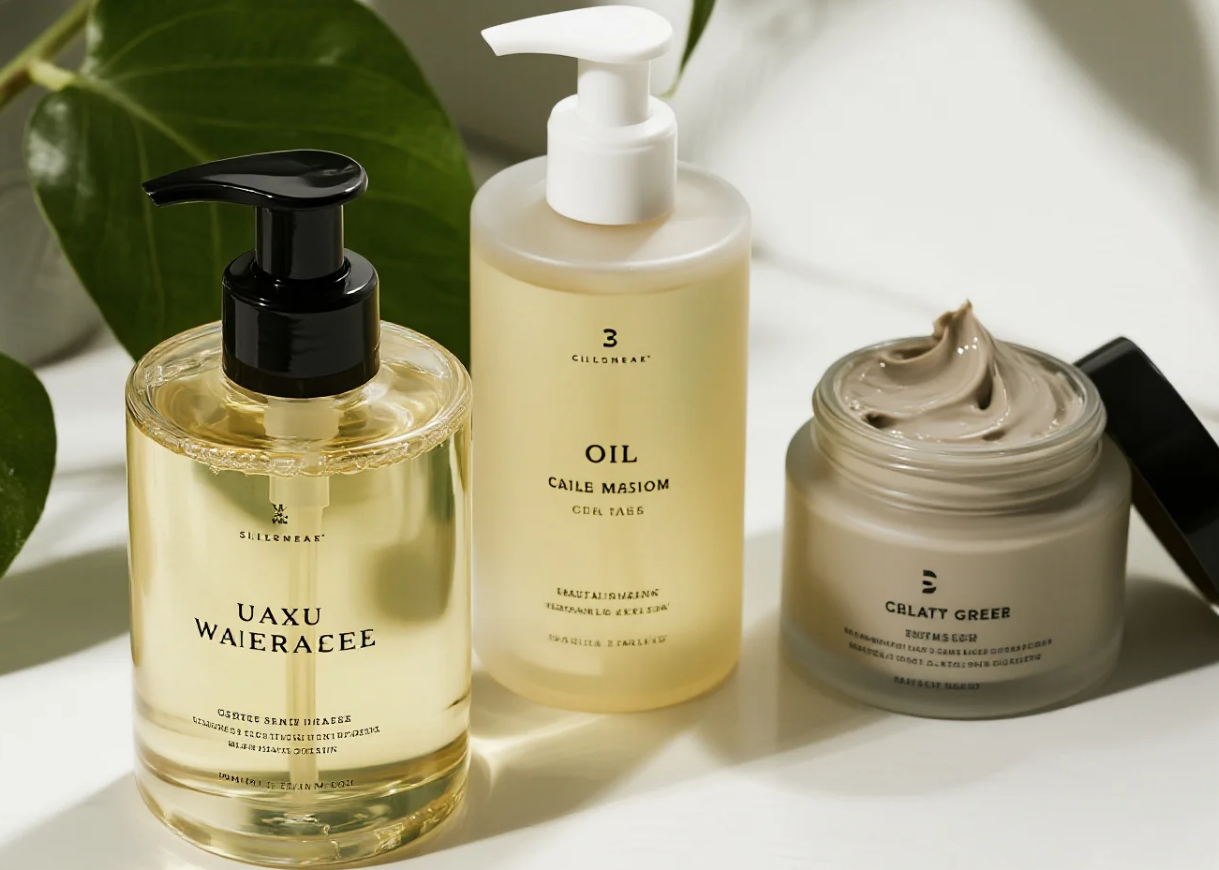
Step 1: Makeup Removal: The First Barrier to Cleansing
Whether you wear makeup or not, makeup removal is an often-overlooked step in your skincare routine. Many people think that if they don't have foundation, only applying sunscreen or a cushion, they don't need to remove makeup and can simply use cleanser. In reality, sunscreen, primer, airborne dust particles, and sebum from the skin all mix with the oil in the stratum corneum to create "invisible dirt," making it difficult to completely remove with cleanser alone. Over time, these residues accumulate and gradually enter pores, causing closed comedones, acne, and breakouts.
The key to makeup removal is choosing a product that suits your skin type. A gentle makeup remover, a water-oil-based makeup remover, or a makeup remover milk can all be used, depending on the amount of makeup and skin sensitivity. For everyday light makeup or sunscreen, a gentle, watery cleanser is sufficient. Heavy or waterproof makeup requires a stronger cleansing oil or cream. Apply the cleanser evenly to your entire face, especially areas prone to makeup and oil buildup like the forehead, nose, and chin. Use your fingertips to gently massage in circular motions, moving from the inside out to help dissolve impurities. Rinse thoroughly with warm water, leaving no oily film. Even if you're going makeup-free, it's recommended to wipe your entire face with a gentle makeup remover at night to keep your pores clear.
Step 2: Deep Cleanse to Allow Pores to Breathe
Even if you remove makeup and cleanse your face daily, some dead skin cells and stubborn oil may still remain trapped in your pores. Regular deep cleansing is necessary. There are two common methods for deep cleansing: exfoliation and cleansing masks.
Exfoliation helps slough away dead skin cells, restoring a smooth, brighter skin surface and allowing skincare products to penetrate. Exfoliating products are categorized as physical (containing abrasive particles) or chemical (using hydroxy acids, salicylic acid, and other agents to dissolve dead skin cells). Sensitive skin is better suited to gentle gels or low-concentration acid products. Application frequency should generally be 1-2 times per week, being gentle and avoiding rubbing that can damage the skin barrier.
Cleansing masks are excellent for deep cleansing, removing oil and impurities from pores. Common examples include mud masks and carbonated bubble masks. Focus on oily areas with large pores, such as the T-zone, nose, and chin. Avoid covering the entire face with this product to avoid over-cleansing dry, sensitive areas. Natural plant-based mud masks or cleansers with soothing ingredients can remove impurities while minimizing skin irritation. Deep cleansing doesn't have to be daily; 2-3 days or once a week is sufficient. Frequent use can damage the sebum barrier, causing dryness or redness.
Step 3: Thorough Cleansing, a Gentle Finish, and Balancing Treatment
The final step is a thorough cleansing, the most basic yet essential daily routine. After makeup removal and deep cleansing, most impurities on the skin have been removed. However, traces of makeup remover ingredients, residue from cleansing masks, or accumulated sweat and air pollutants from the day may still remain. At this point, a full face cleanse with a gentle cleanser or milk can help finish the job and restore your skin to a refreshed and comfortable state.
When choosing a cleanser, carefully check the ingredient list and opt for amino acid-based or mild soap-based formulas. These provide excellent cleansing power without excessively stripping away oil, preventing a tight, dry feeling after washing. For dry or sensitive skin, choose a cleanser with added moisturizing factors, such as glycerin or hyaluronic acid, to simultaneously cleanse and hydrate. It's best to use water close to body temperature to wash your face. This helps pores open naturally without irritating the skin.
The way you wash your face is equally important. First, work the cleanser into a rich lather in the palm of your hand. Then, apply the lather evenly to your face, gently massaging it in circular motions with your fingertips for about 1-2 minutes. You can extend the massage time around the T-zone and chin. Rinse thoroughly, ensuring no residue remains around the hairline, nose, and jawline. After washing, gently pat dry with a clean, soft face cloth or disposable cotton towel, avoiding repeated rubbing with a towel.
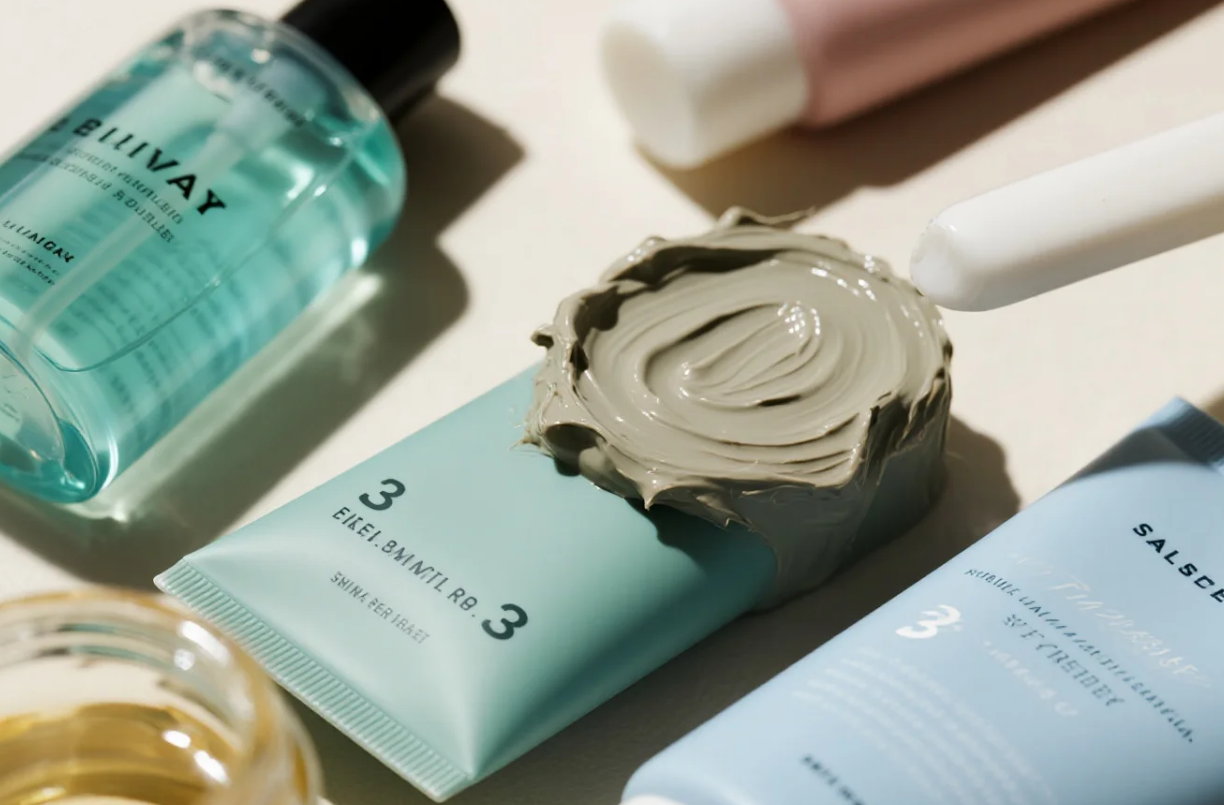
The Scientific Balance of Cleansing
Many people worry about dryness and increased sensitivity when it comes to cleansing. Indeed, cleansing requires scientific approach. Over-cleansing can damage the skin barrier and reduce its ability to resist external irritants, while insufficient cleansing can clog pores and worsen skin condition. Finding the right balance involves adjusting the frequency of the three-step process based on skin type, makeup application frequency, and environmental pollution levels. For example, those with oily or combination skin can increase their deep cleansing frequency in the summer; those with dry or sensitive skin can reduce exfoliation and choose a more moisturizing cleanser.
Remember, skincare isn't about adding more steps to your routine; it's about ensuring each step is precise and effective. Makeup removal, deep cleansing, and thorough cleansing may seem repetitive, but they are actually progressive and complementary. Developing good cleansing habits can not only reduce the occurrence of skin problems, but also make every drop of essence and every mask you put in to make the most of it, making your skin glow from the inside out.




